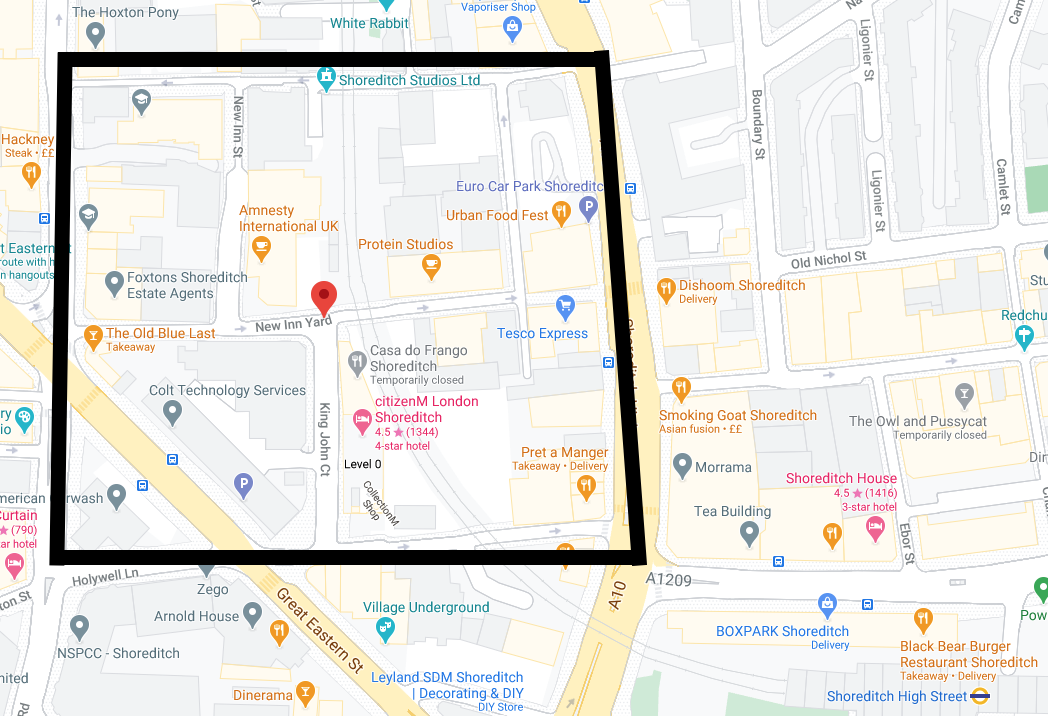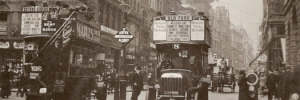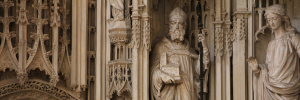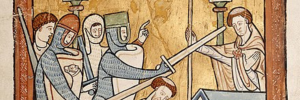1158 Holywell nunnery was founded just West of Shoreditch High Street. By the time of its demise in 1539 (due to the dissolution of the monasteries) it had become the ninth wealthiest nunnery in the country.
In total, the area was about eight acres with the church. As I said, founded in 1158, just South of where New Inn Yard is today and the museum of London’s archaeological department, MOLA have done excavations there. You’re able to buy the report for £22 pounds and there they found a number of stone finds; one being an ancient stone cross to the North of Shoreditch High Street, and then also a wall on Curtain Road, which would have been the Western, the boundary of the precinct. So curtain road on the West Shoreditch high street is going all the way down to Holywell Lane which still exists on the southern side and then, at the very top Bateman’s Row is basically where the border would have been. So we’re talking about eight acres.

Corrody was very, very common in medieval England. Corrody is basically a lifetime allowance of food and clothing, and very often shelter and care as well granted by the Abess or whichever religious house there.
One of the local celebrities/famous names who stayed at the nunnery was Sir Thomas Lovell. He’s 1485 to 1524. Sir Thomas Lovell was one of the most influential men in Henry VII’s court. And he was even given the appointment as Chancellor of the Exchequer.
And after his retirement, he lived within Holywell nunnery, Shoreditch. And when he dies, of course, no surprise he leaves a will. So not having any children, he hands his estate over to his sister who conveniently had recently got married and in the, will, he leaves some money for the nuns as well.
And this is what he says in the, this is what it says in the will…
” Immediately after my death, I desire and will my executors to cause my body to be brought and conveyed to the chapel in the nunnery aforesaid in honest manner and not pompously, there to be buried.”
And that’s the chapel that would have been just South of what is now New Inn Yard, no longer there, of course, but he continues…
“It will be desired by my executors of the Prioress of nuns at Halywell that they all together, if disease and sickness let not, that the year after my burying, once in the day, every day in the full said year come onto my tomb where within that place I shall be buried and together say Deprofundis (psalm 13) for myself.
And they be agreed I will my executors gave onto them immediately ten pounds.”
He also dedicates an amount of money for prayers to be sad to Henry the seventh as well. And you know, this is absolutely common for medieval times, but it’s nice to have the mention of Holywell or Hollywell in this mix.
If you would like to learn more about the history of Shoreditch, listen to our London History Podcast Episode 50: History of Shoreditch. Duration: 20 mins.
–
Hazel Baker is an award-winning London Tour Guide and qualified CIGA guide who delivers guided walks and private tours in London. View all of Hazel’s walking tours.



